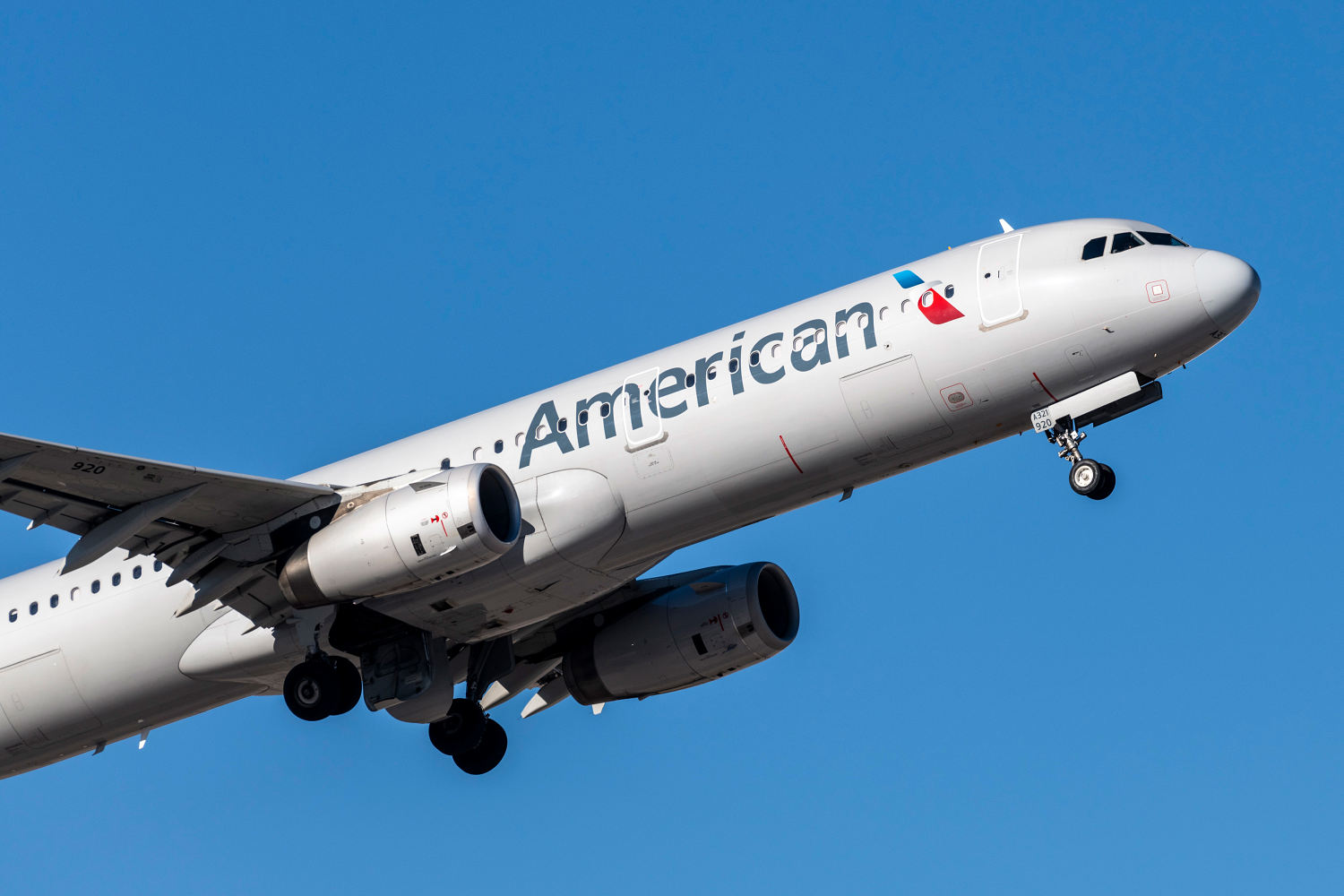
A Passenger’s Confrontation with Flight Attendants Over Vaping on an American Airlines Flight
A recent incident on an American Airlines flight has sparked a heated debate about passenger behavior, airline policies, and the role of flight attendants. The situation began when a passenger, identified on social media as Kobe Peter “Twoey King” Nguyen, shared a video capturing a tense exchange with two flight attendants over the use of a vape onboard.
The video, posted on Instagram on August 4, shows Nguyen in the airplane’s bathroom when a flight attendant opened the door, reportedly without permission. Text overlay on the clip reads, “Airline attendant forcibly opens bathroom door on passenger.” According to the footage, the flight attendant warned Nguyen that smoking or vaping was not allowed onboard.
Nguyen claimed that the flight attendant “forcibly unlocked and opened the door twice,” even after he asked for more time. He also alleged that the attendant tried to seize his phone while recording the interaction. In response, Nguyen accused the flight attendant of touching him and attempted to grab his phone, leading to a second flight attendant becoming involved.
The second flight attendant reiterated that vaping was prohibited, prompting Nguyen to demand an apology or threaten to release the video publicly. He warned the crew that he would contact the police upon landing, stating, “You do not put your hands on a passenger.”
After the confrontation, Nguyen walked away from the bathroom and down the aisle, telling passengers that the flight attendant had “assaulted” him. This led to further tension and controversy, especially after the passenger later admitted to vaping on the flight and issued an apology during an appearance on Fox 10 Phoenix.
American Airlines’ Response and Passenger Accountability
Following the incident, American Airlines released a statement regarding the event, noting that the passenger was removed from the aircraft upon arrival at San Francisco International Airport due to disruptive behavior. The airline apologized for any inconvenience caused and thanked its customers for their patience.
The passenger was escorted off the plane by the San Francisco Police Department after landing. This development raised questions about the balance between passenger rights and airline safety protocols.
Airline Policies and Safety Concerns
American Airlines has strict policies regarding the use of electronic cigarettes, including vapes and e-cigarettes. According to the airline’s guidelines, these devices cannot be checked as luggage due to the risk posed by lithium-ion batteries. They may be carried in a passenger’s carry-on bag but are strictly prohibited from being used onboard any flight.
The Federal Aviation Administration (FAA) classifies vapes and e-cigarettes as “dangerous goods” due to their potential to cause fire or extreme heat. The FAA emphasizes that these devices should never be used or charged on board an aircraft.
Expert Perspective: The Role of Flight Attendants
Christina Ling, a former flight attendant and founder of the Flight Attendant Institute, provided insight into the situation. She stated that the flight attendants in the video acted appropriately by enforcing the no-vaping policy. According to Ling, cabin crew are trained to prioritize safety and enforce regulations set by governing bodies.
She explained that any form of smoking or vaping poses a significant risk to passengers, crew, and the aircraft itself. Fire is a major concern for flight attendants, as they cannot call emergency services while in flight. If a fire occurs at high altitude, it could take valuable time to locate an airport and make an emergency landing.
Ling also highlighted the sensitivity of smoke detectors in airplane bathrooms. She noted that cabin crew are trained to respond quickly if a detector goes off, ensuring the safety of everyone onboard.
Advice for Passengers
Ling advised passengers to respect airline rules and avoid filming flight attendants. She emphasized that cabin crew are trained to take threats to safety seriously and act accordingly. While flight attendants aim to de-escalate situations, they must follow procedures to protect everyone on board.
Ultimately, the incident underscores the importance of understanding and adhering to airline policies. As Ling pointed out, the goal of both passengers and crew is to ensure a safe and pleasant journey from one destination to another.
